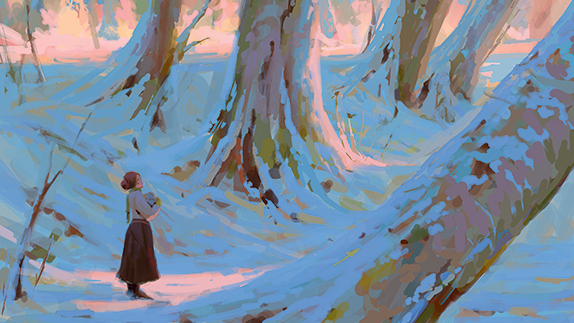
Struggling to add interest and atmosphere to your landscape art? Below, I suggest 10 powerful techniques you can apply to show narrative through the design of your environments and make your landscape the perfect setting for an absorbing tale.
If you need equipment and tools, see our pick of the best drawing tablets and the best digital art software. In the meantime, here are my 10 top tips for creating engaging landscape art.
01. Choose an initial reference
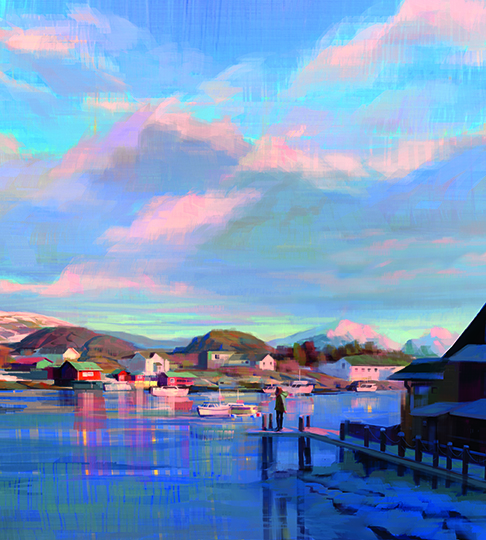
I often start by doing a study from a reference. This takes the pressure off before I can begin to slowly build the image.
02. Apply active study
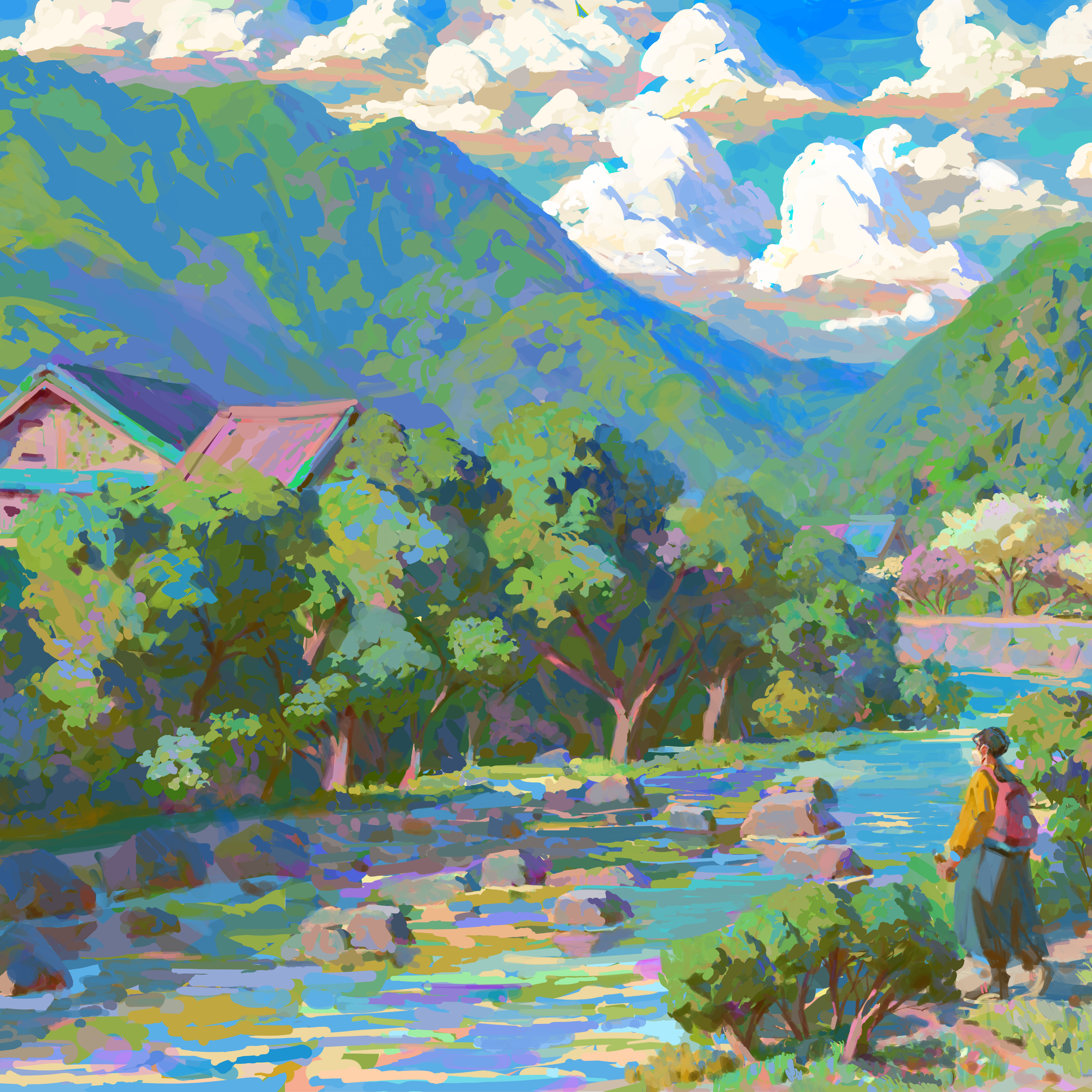
Studying photo references doesn’t mean copying. It’s crucial to be actively involved in the process, pushing things you like and removing noisy parts.
03. Explore nature’s palette
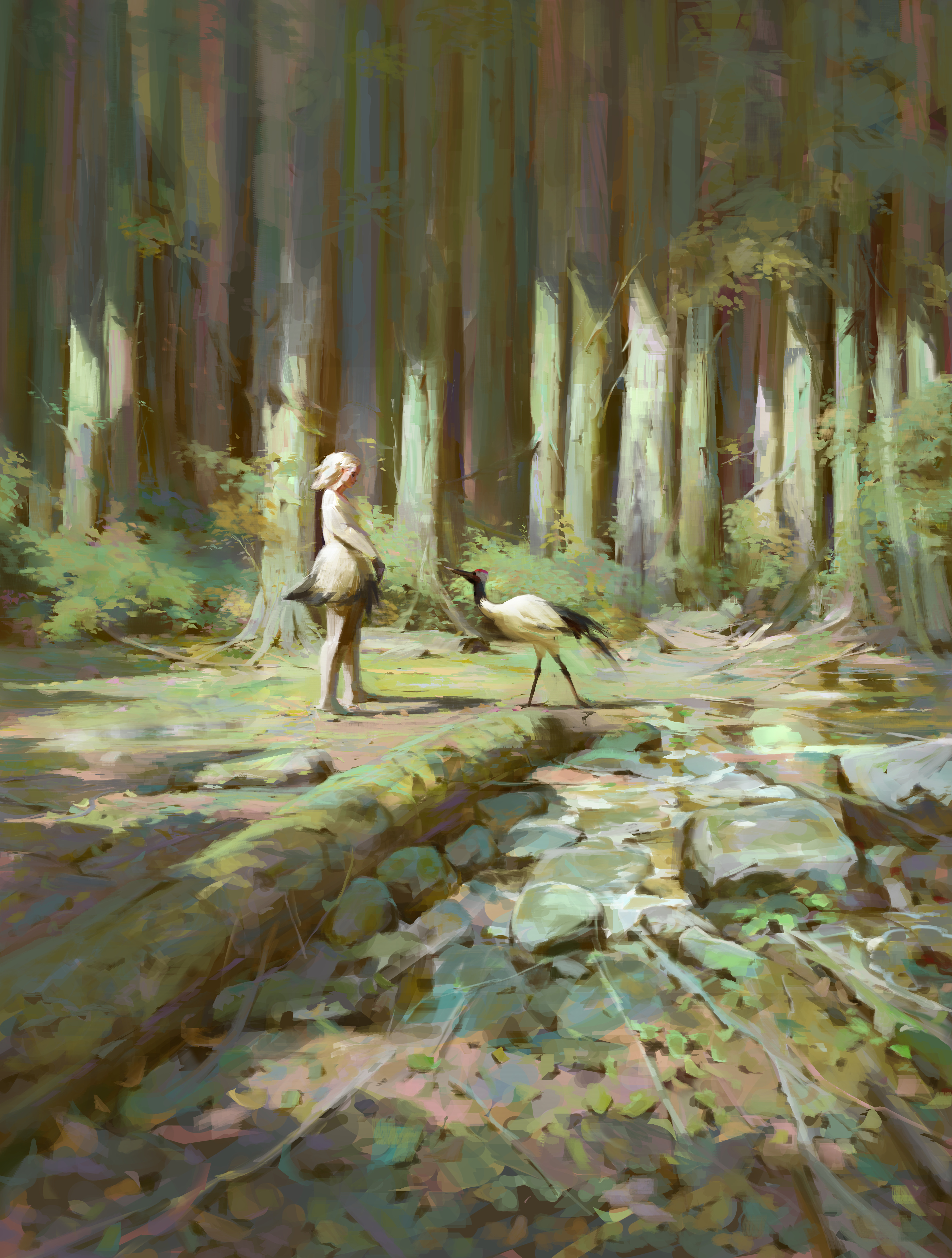
If you look closely at nature, you’ll often see only a handful of particular colours. I take advantage of that, for example relying on cool and warm greens, plus some neutrals.
04. Pick out your highlights carefully
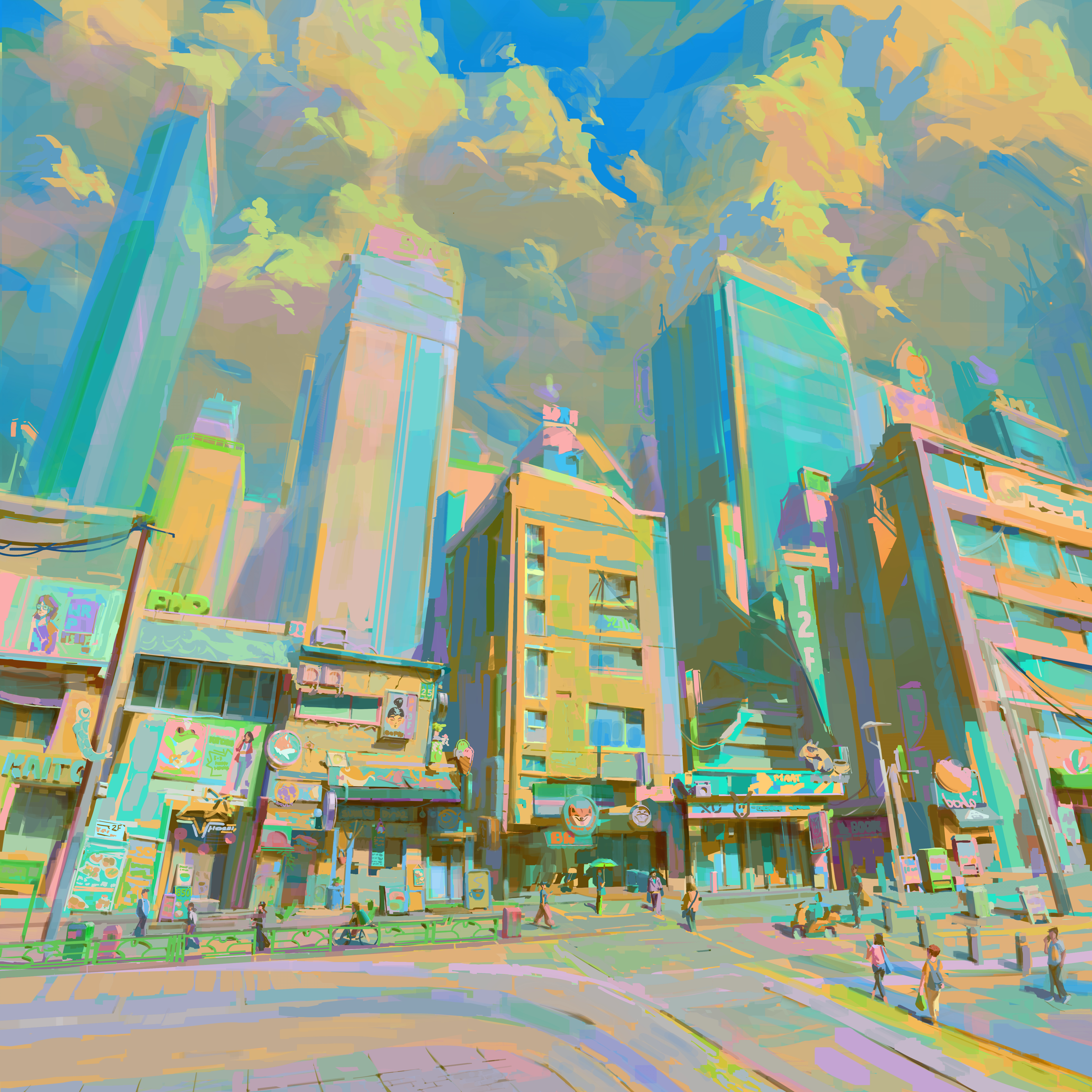
You can push the design not only with shapes but also the value and saturation. Use it to highlight important elements.
05. Be mindful of the light and contrast
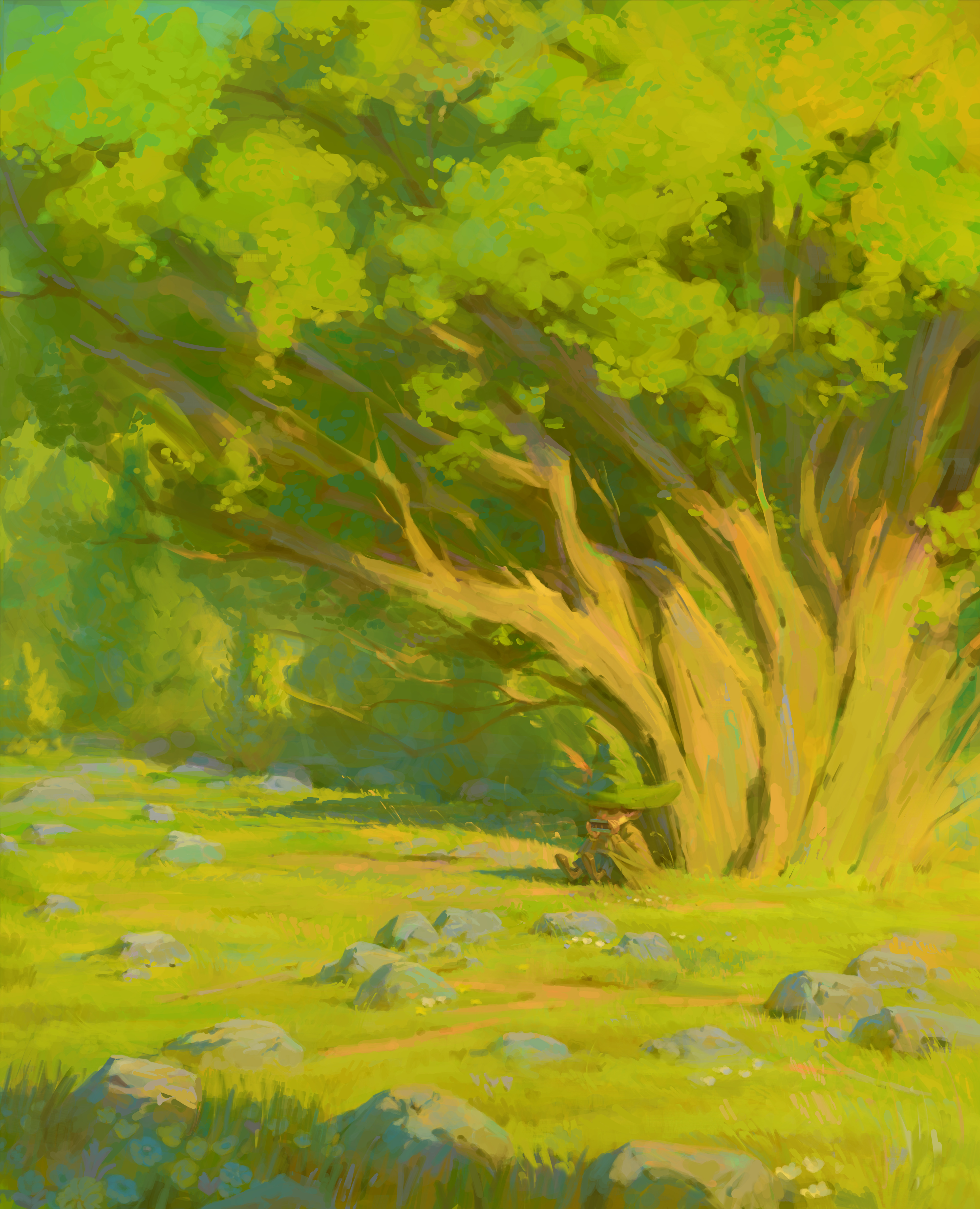
Shadows can sometimes break up your image with unnecessary contrast. I like moving the light around to avoid creating noisy, heavy shadows in random places.
06. Start with characters
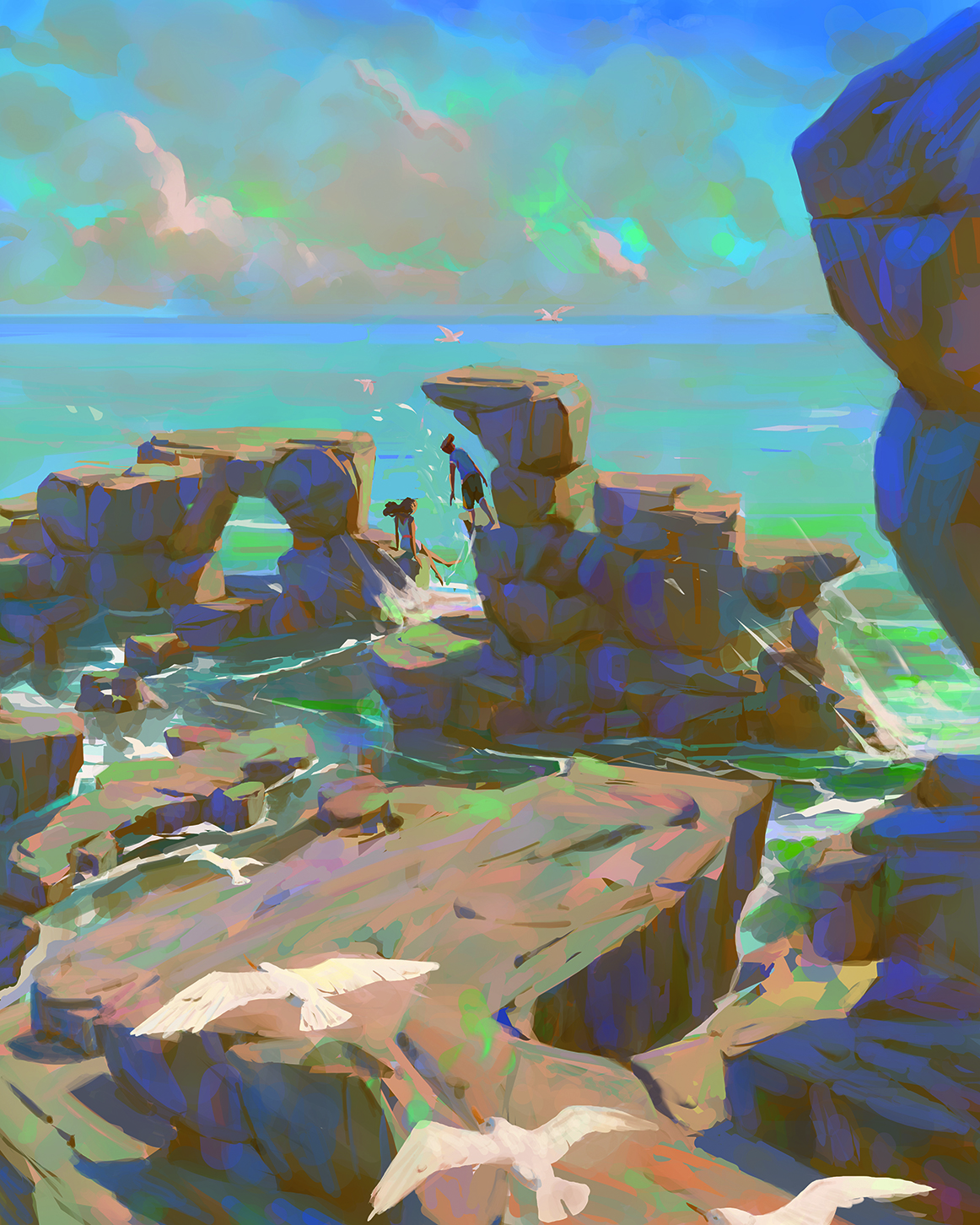
Adding a story can feel daunting and paralysing. To get going, you can add the characters and think about what they could be doing in their location.
07. Look to real life
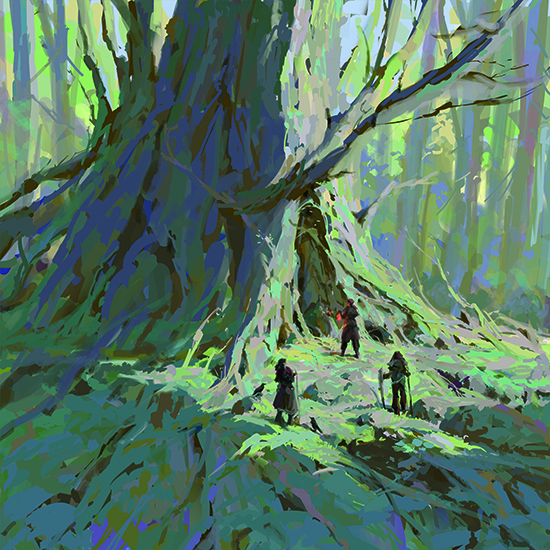
Extra research always helps. Look for specific shapes of leaves, the texture of the trees, or even how reflective the stones can be in a river to inform the story.
08. Find a focal point
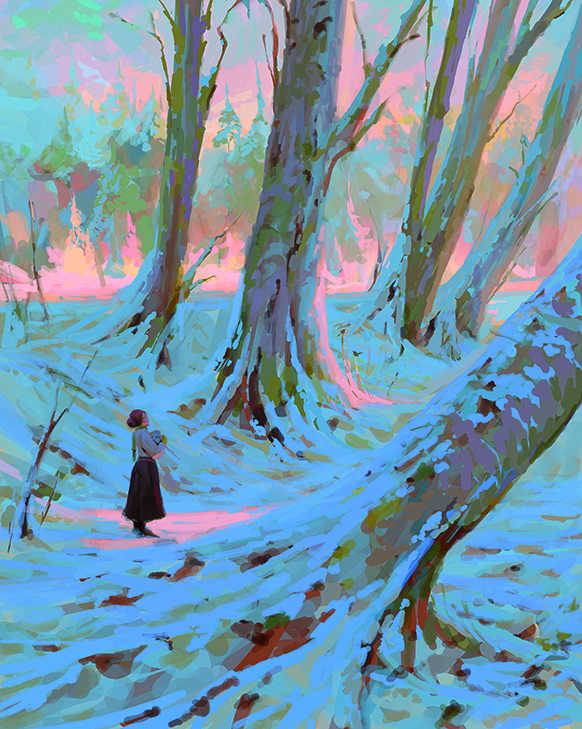
If you keep your values and colours limited, you can now take full advantage of that with the focal point. This is where I add the extra colours and strong values.
09. Create a sense of scale
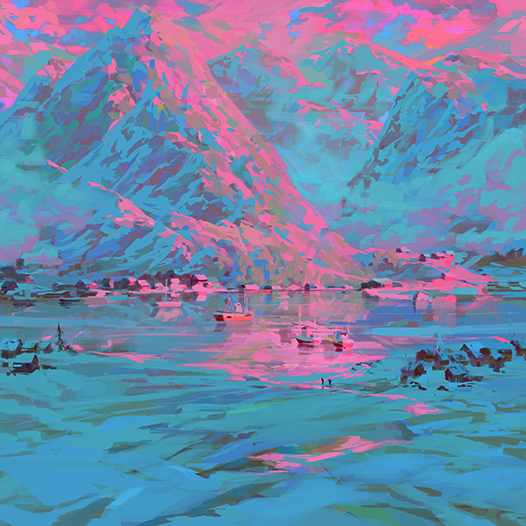
Scale variation gives the scene strong believability. Even here, having that character in the scene can help establish how big your individual shapes should be.
10. Add the little touches
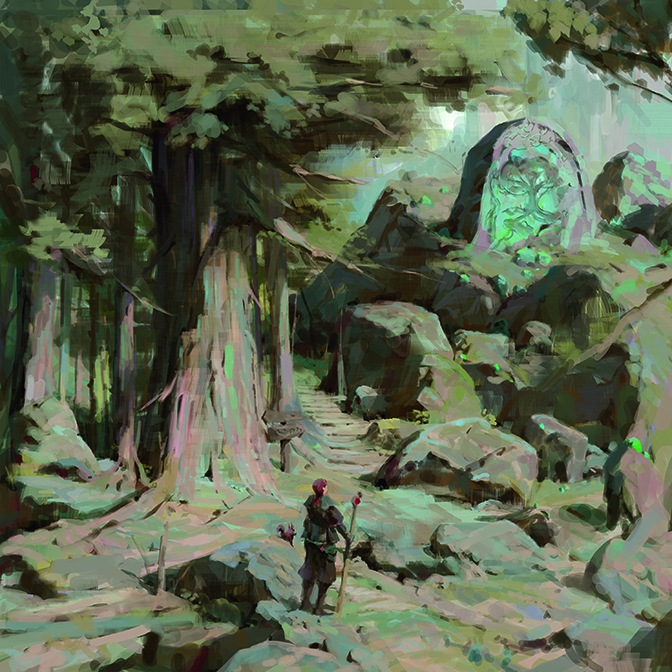
Take advantage of the tiny details. Add shadows, reflections, footsteps on the ground and other little hints in order to make your environments more believable.
For more art advice, learn to create children's illustrations that convey emotion with Tony DiTerlizzi and discover Greg Manchess's tips for more dynamic paintings. No time to practice? See our suggestions for quick creative exercises.
Get more tutorials in ImagineFX
This content originally appeared in ImagineFX magazine, the world's leading digital art and fantasy art magazine. ImagineFX is on sale in the UK, Europe, United States, Canada, Australia and more. Limited numbers of ImagineFX print editions are available for delivery from our online store (the shipping costs are included in all prices).







